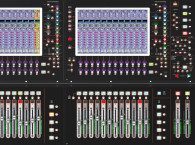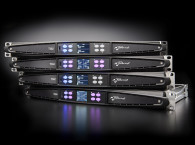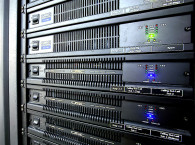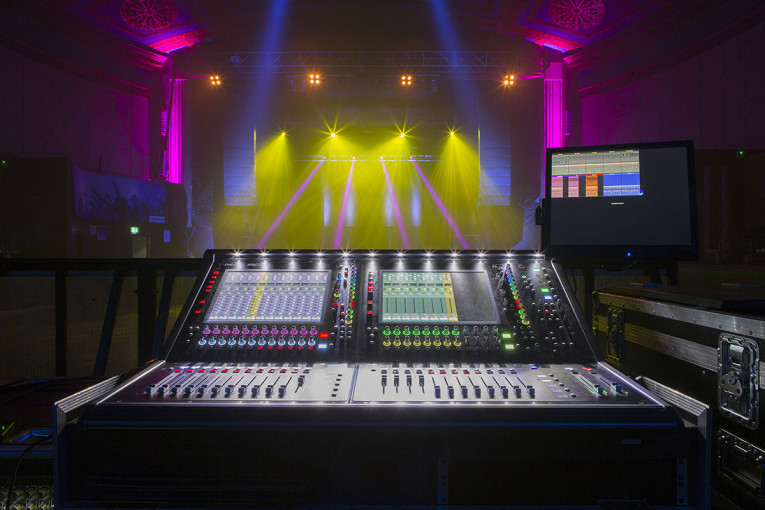
“As the march of technology continues, low-end mixer consoles have evolved into highly advanced pieces of equipment,” says Reid Rasmussen, Associate Consultant at Futuresource. “They far out-class and outperform their predecessors of just five years ago. Today, low-end consoles can provide much of what a mid-range console used to deliver, compelling buyers to purchase low-end solutions to meet their mid-range needs.”
Futuresource research shows that suppliers and channels alike have been taken by surprise by the strength of the market’s low-end. Many remain unsure of the nature of certain segments buying the hundreds of thousands of units shipped.
Despite this mid-range squeeze-out, the total market remains buoyant, valued at $724 million last year and on track to deliver a value growth of 5.3% CAGR, according to the Futuresource report. Verticals explored in the report are touring and rental, portable sound, broadcast and studio, installed leisure, and installed commercial.
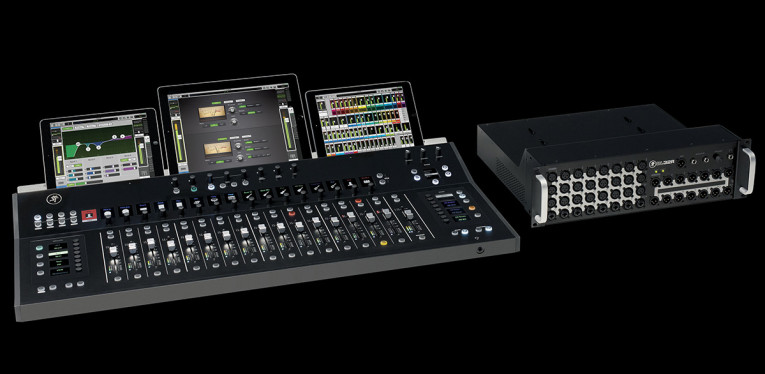
“Looking to the high end of the market, we’re seeing a lot of saturation,” says Rasmussen. “Here, it’s mostly about replacements and upgrades, though there are still opportunities within broadcast, touring, concerts and large events.”
The highest price point at which analogue consoles can be sold has always been limited by the low-end at which digital consoles are priced. With digital console prices falling, the market for analogue consoles continues to shrink. End users replacing its existing analogue equipment with digital is of course another factor contributing to accelerated growth at the low-end of the market.
As new products have been introduced, they’ve revolutionized the mixer console market. Behringer’s X32 was a strong example of a product that redefined customer expectations for an entire market. When launched a little over five years ago, its fully featured 32-channel 16-bus specification, with a wide range of built-in effects and a comprehensive list of features, set new expectations of what can be provided at a relatively low price point.
Short after, the very same Behringer group squashed the X32 notoriety with the introduction of the Midas M32 - the very last product launched with the famous British brand, meanwhile acquired by Behringer’s the Music Group. The Midas M32 was supposed to appeal to a completely different — more professional — market, but instead, it quickly grabbed all potential X32 sales by professionals (who also didn’t like the idea of showing a product branded Behringer in actual work).
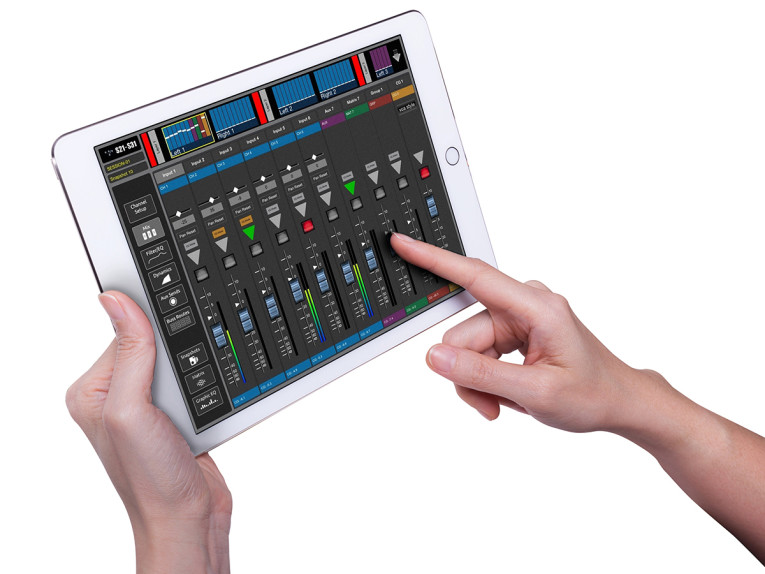
The opposite effect resulted in the rental, touring and installation markets, where companies and users migrated directly to trusted brands and reinforced their investments in products with familiar interfaces and file interoperability, like the DiGiCo expanded family of digital mixing consoles. Like DiGiCo, companies like Allen & Heath, and SSL — all brands from the same Audiotonix Group — expanded their markets significantly in the live sound, touring and installation spaces. In the more demanding broadcast and live production segments, SSL competes hand in hand with German powerhouse Lawo, and British company Calrec (also an Audiotonix Group brand). Never has the top segment of the audio mixing console market been so concentrated in just a handful of companies.
“Fast forward to 2018 and our channel research shows that customers expect new console products to do far more for less,” says Rasmussen, “delivering more features, more plug-ins, effects built-in rather than outboard, more input and output channels, DSP included, and more busses. All at the same price or for less. “With potential new market entrants looking to make quick advances and gain market share, the future landscape will be peppered with challenges and potential disruptions.”
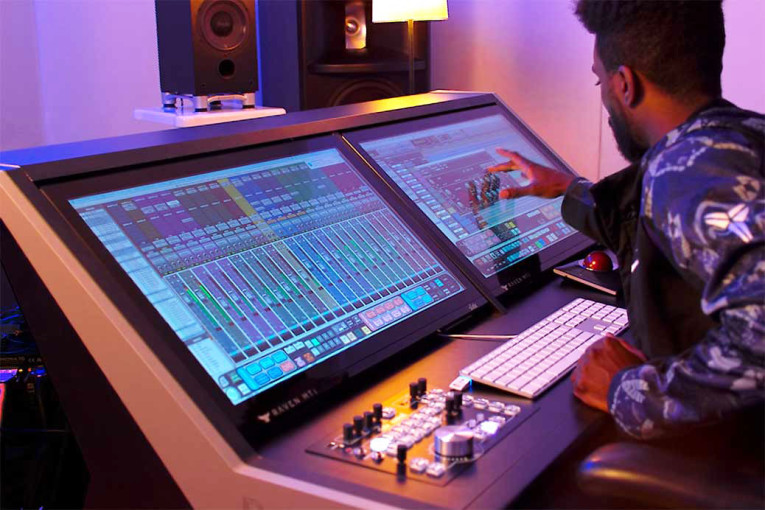
As technology progresses, professional mixing is heading towards tablets and smartphones. Termed ‘mixing on glass’, these software-based mixers are opening up a new avenue of competition, with vendors like Slate Media Technology and Waves blazing a trail in this niche market. However, mixing on glass doesn’t depend on software alone, there is still a need for physical input and output capabilities, and an opportunity for existing vendors to move into this market as it gains momentum.
For more information, contact Futuresource for the in-depth report.
www.futuresource-consulting.com/reports



